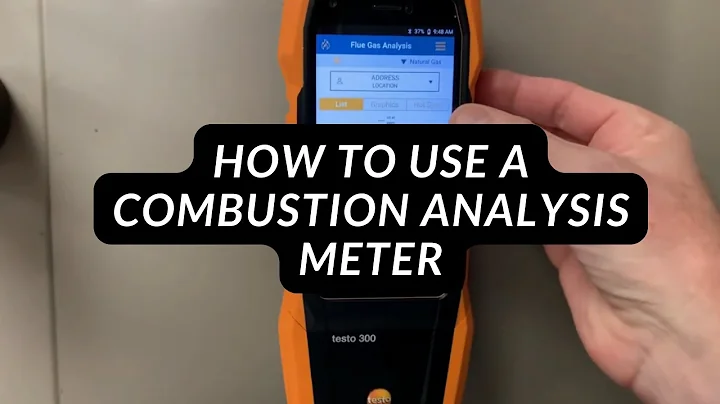1. Processing of high concentrations: Combustion method to process above 1000mg/m³.
2. The difference between the operation of zeolite runner and activated carbon:
A. Catalytic combustion of activated carbon: Its heat comes from the catalytic furnace. The activated carbon uses the heat of catalytic combustion to supply activated carbon, and then circulates continuously. There is a shortcoming during this period. If the catalytic furnace burns insufficiently, part of the exhaust gas will return to the activated carbon.
zeolite runner: In order to avoid this, the runner has a catalytic combustion furnace . After combustion, the exhaust gas enters the catalytic combustion furnace and is directly emptied, and will not return to this wheel. During the period, the wheel needs heat. In order to reuse the heat, a two-stage heat exchanger is added to exchange the heat to the desorption zone. For example: after catalytic combustion, when the temperature is 400 degrees, there will be a fan for ventilation, and the heat will be exchanged through the heat exchanger. At this time, the temperature of the inlet air is 200 degrees, which can support its desorption. Desorption cycle, heat exchange, combustion and recirculation, that's it. Its exhaust gases are evacuated directly, but the heat remains.
B. The concentration of activated carbon is stored in the carbon. Its concentration will become higher and higher. Once it reaches the upper limit of its exhaust gas, there will be a risk of explosion. The
zeolite runner can be installed with online monitoring at the inlet. If the concentration value fluctuates, the runner speed can be adjusted. As long as the upper limit value is told, it can be guaranteed to run continuously.
Example: The exhaust gas inlet concentration is 500 mg, calculated based on 100,000 air volume. If the concentrated CO is 10,000 air volume, then it is concentrated to 5,000 mg. Calculated based on 100% desorption, then all the exhaust gas will be discharged, then the total exhaust gas The amount is 100,000*500 mg. You must know that 500 mg itself does not support combustion. The exhaust gas processed by the Co furnace is more than 1000-5000 mg. Only at this concentration can it be burned.

explanation:
A. In fact, 500 mg can also be burned, but it needs to be burned continuously, which consumes a lot of electricity. If the heat is not reached, the catalytic furnace cannot burn. (Exhaust gas combustion will generate heat. If the heat cannot be reached, there will be no way to burn. The concentration of 1000 is a value we set ourselves, but this period will involve the lower explosion limit. If the concentration is too high, there will be an explosion. The data setting needs to Depends on the composition of the exhaust gas).
B. When the exhaust gas is burned, the higher the temperature. If you are not afraid of waste of electricity, you can also burn it in a CO furnace, but it needs to burn continuously, which is equivalent to burning air, so there is a concentration distinction. .
1. Working principle of zeolite runner: exhaust gas---filter box---runner---adsorption zone----desorption zone---combustion zone---heat exchanger---heat left/exhaust gas Empty
2. The exhaust gas combustion concentration is constant. The concentration at the inlet will be the concentration at the end.
3. The difference between RTO/catalytic combustion concentration treatment:
A. RTO treats high-concentration exhaust gas: combustion method, processing exhaust gas above 1000 mg/cubic
B. Zeolite runner: reducing the air volume will increase the concentration. As long as the inlet is set to the concentration it will not change.
C. If activated carbon desorption is not complete, and the number of activated carbon desorptions increases, its concentration will increase.
4. Adding CO or TO to the zeolite runner is related to the exhaust gas composition. zeolite runner (currently made) + CO
5. Zeolite runner + RTO (not limited by catalyst) can burn all the waste gas, but not necessarily all of it will be treated. It treats 99% of the organic waste gas.
6. RTO/RCO difference
A. R heat storage: similar to a heat exchanger, but the heat exchanger is separated by plates, but the heat storage is in contact, mixing the gases together. For example, placing hot stones in cold water to heat the water is considered heat storage.
B. RTO: Generally use natural gas (high heat), electricity will also be used
RCO will use a catalyst. It is also in a heat storage ceramic body. After the temperature rises, it will be controlled by the reaction heat of the exhaust gas when the temperature rises to 200-300 degrees.
C. Exhaust gas reaction heat control: The temperature requirements are relatively precise. If the temperature is low, there will be no reaction. If the temperature is high, the catalyst will lose activity. The temperature in the furnace must be controlled between 300-360 degrees, which involves a lot of calculations. All ingredients in the inlet need to be known, and it also needs to be accurate.
RTO does not need to worry about this aspect. It itself is 700-800 degrees. If the temperature is too high, it will automatically empty.






















